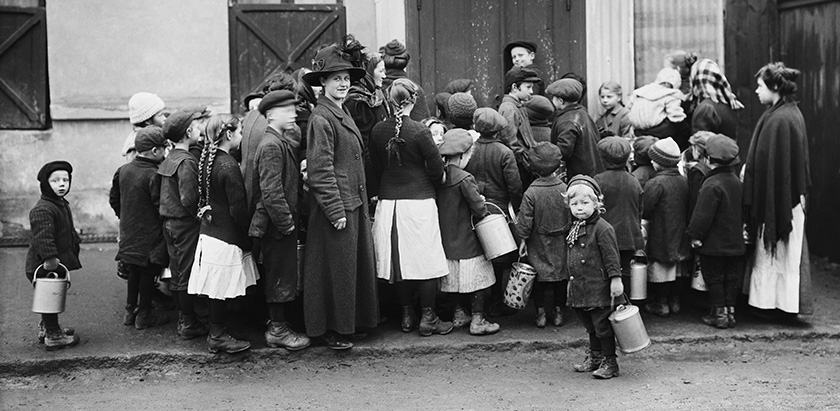
Photo: Anders B. Wilse/Oslo Museum.
Castbergian Child Laws part of world’s documentary heritage
In 1915 the Storting adopted the Castbergian Child Laws. Now the laws have been enshrined in the UNESCO register of world documentary heritage, also known as the Memory of the World Register.
The child laws were ground-breaking and thrust Norway into the forefront of global progress on rights for children and unmarried mothers.
“Historically important”
“The Castbergian Child Laws are a good example of the importance of legislative work – the Storting’s core task – to society’s development. The fact that these child laws are now joining the UNESCO Memory of the World Register is recognition of an achievement by the Storting that is both historically important and inspiring to today’s elected representatives,” says Olemic Thommessen, President of the Storting.
The child laws contained important provisions on children’s rights. Granting children born out of wedlock a right of inheritance and use of their father’s name was radical. The laws also contained important provisions pertaining to maintenance payment amounts and the method of collection.
Read more about the Castbergian Child Laws.
Six Norwegian contributions
UNESCO’s Memory of the World Register was established in 1992 and aims to highlight and preserve important aspects of cultural heritage. The register now includes 427 documents and document collections from around the world.
Six Norwegian documents have been incorporated in the register. Apart from the Castbergian Child Laws, these are: Ibsen’s A Doll's House, the Leprosy Archives in Bergen, Roald Amundsen’s film material from his expedition to the South Pole, Thor Heyerdahl’s archives and Sophus Tromholt’s photo collection. All represent historical documentation of international significance.
Last updated: 24.11.2017 10:05